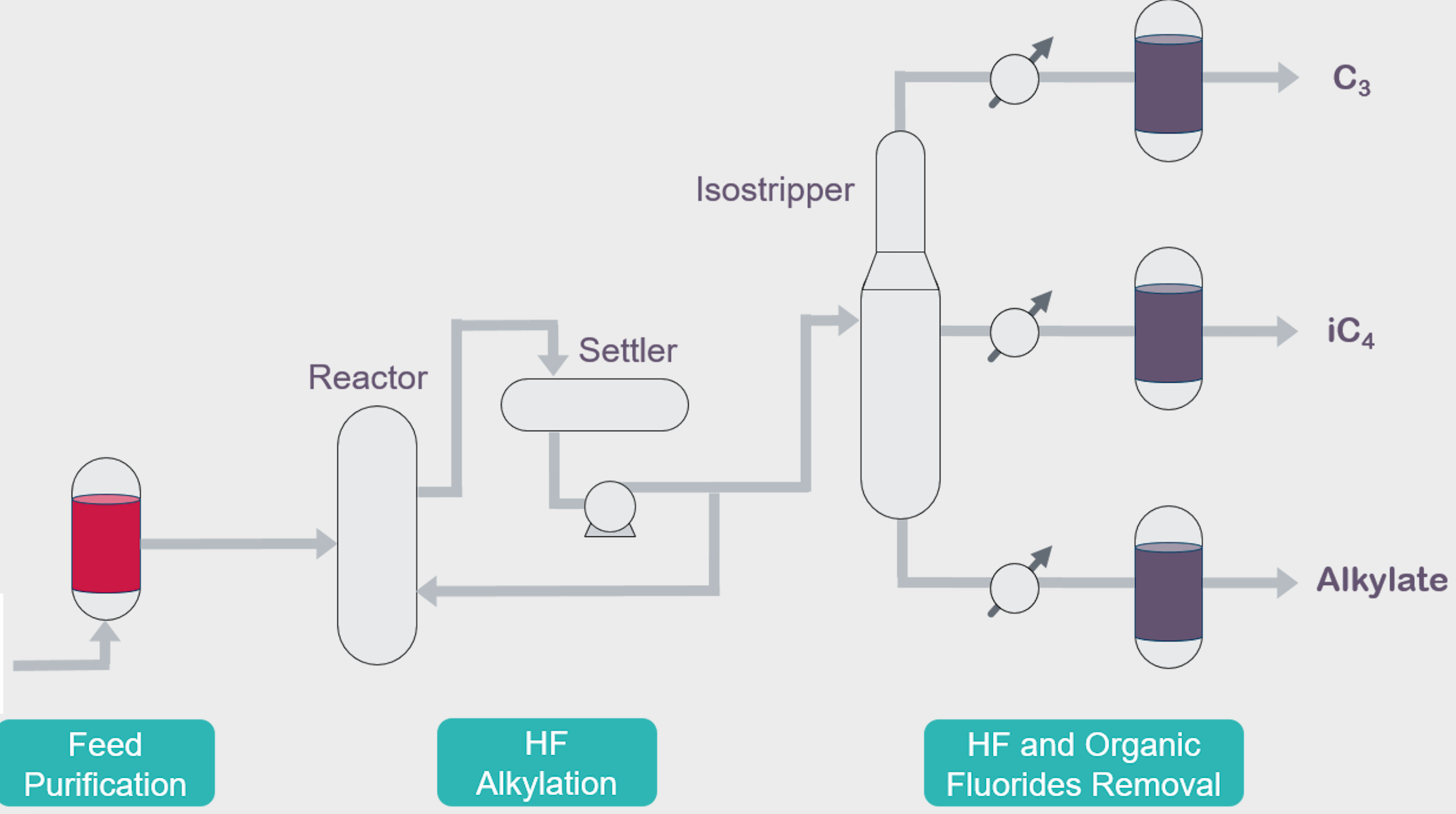How activated alumina to remove fluoridation?
2023-12-07
Activated alumina is an effective method for removing fluoride from water due to its unique adsorption properties. When water containing fluoride comes into contact with activated alumina, the fluoride ions adhere to the surface of the alumina particles.
The adsorption process occurs primarily through chemisorption, where fluoride ions chemically bond with the alumina surface. Activated alumina has a high surface area and a network of pores that enhance its capacity to capture fluoride ions from water.
To use activated alumina for fluoride removal, the following steps are typically involved:
1. Selection and Preparation: Choose a high-quality activated alumina specifically designed for fluoride removal. Ensure that it meets regulatory standards and certifications, if applicable. If necessary, prepare the activated alumina according to the manufacturer's instructions.
2. Bed Preparation: Create a bed or column of activated alumina by filling a filtration vessel with the alumina beads. The vessel can be made of different materials such as stainless steel or plastic, depending on the application.

3. Contact Time: Allow the water containing fluoride to pass through the activated alumina bed. The contact time between the water and the alumina is crucial for effective adsorption. Longer contact times generally result in a higher degree of fluoride removal.
4. Flow Rate: Control the flow rate of water through the bed to ensure optimal performance. A slower flow rate allows for better contact between the water and the alumina surface, increasing the adsorption efficiency.
5. Monitoring: Regularly monitor the fluoride levels in the treated water to determine the efficiency of the activated alumina bed. Periodically test the alumina to determine its capacity and replace it when needed.
6. Regeneration or Replacement: Over time, the activated alumina bed may become saturated with fluoride ions and lose its effectiveness. Depending on the specific product, the alumina bed can be regenerated using a solution to release the adsorbed fluoride or replaced entirely with a fresh batch of activated alumina.
It's important to note that while activated alumina is a reliable method for fluoride removal, it may also release aluminum ions into the water during the process. However, the concentration of aluminum ions released is typically within acceptable limits and considered safe for consumption.
